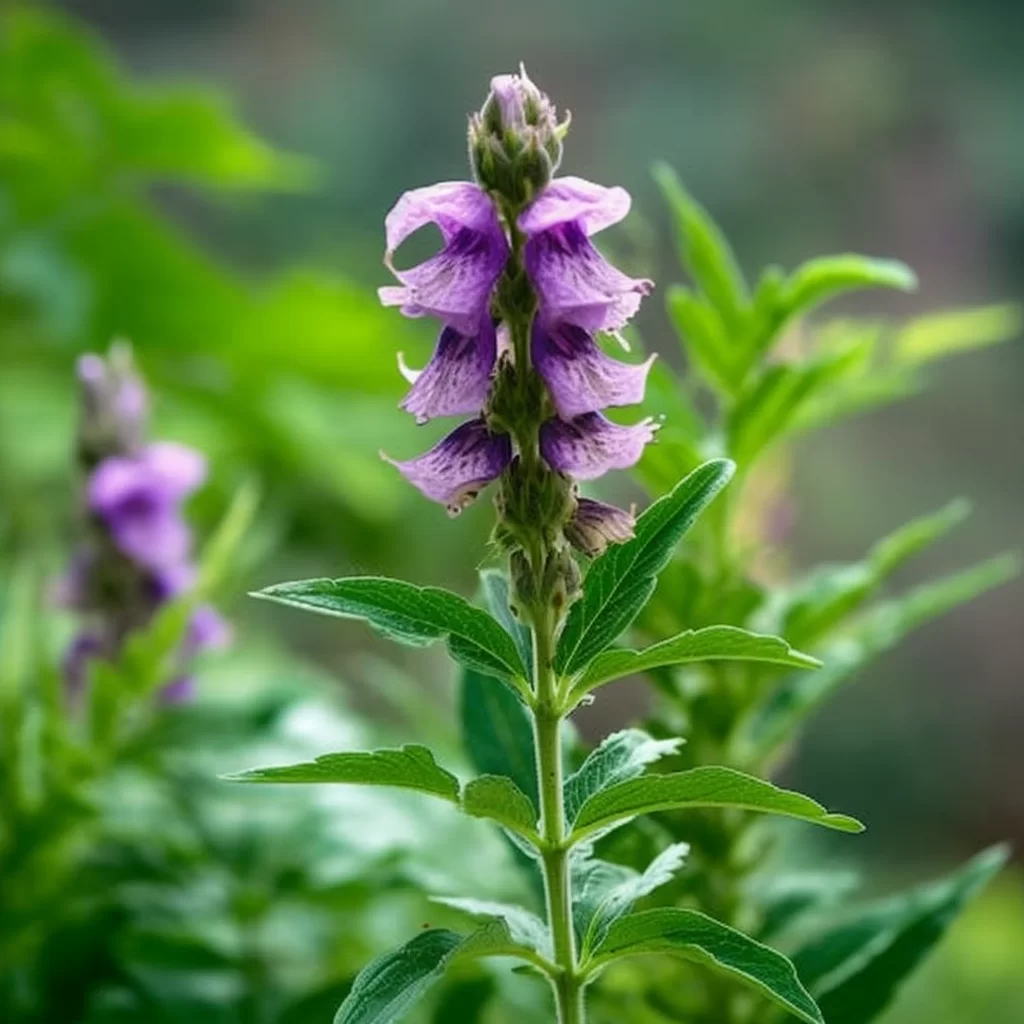Story of Day :
Contents
The Complete Guide to Monkshood Plant: Care Tips and Warnings
If you want to add a little bit of dangerous beauty to your garden, then the monkshood plant is the perfect choice for you.
This plant boasts stunning blue flowers and an impressive height that will surely grab anyone’s attention.
However, before rushing out to buy it, it’s crucial to understand some critical facts about this striking plant.
In this guide, we’ll explore what makes the monkshood plant so unique and offer tips on how to care for it correctly.The monkshood is a fascinating yet unusual addition to any gardener’s collection.
Known for its signature poisonous properties that can be harmful or even deadly if ingested by humans or animals alike, this beautiful flower requires specific care and maintenance methods.
Yet with its striking blue petals and tall stems reaching up towards the sky, there is no denying that planting one in your garden would make it stand out from all others.
So if you are brave enough to tackle caring for such a unique specimen of flora, then read on for tips on how best to nurture your monkshood plant!
What Is a Monkshood Plant?
The monkshood plant, also referred to as wolfsbane or Aconitum napellus, is a beautiful flowering plant that can be found in gardens all over the world.
Originating from western Europe, this tall spire of blue or purple flowers blooms from mid-summer right through to early fall.
Its unique helmet-shaped hoods have earned it its name due to its resemblance to a monk’s hood.
 Despite its attractiveness, it is essential to note that the monkshood plant is highly toxic both when ingested and when handled without protection.
Despite its attractiveness, it is essential to note that the monkshood plant is highly toxic both when ingested and when handled without protection.
The toxins it produces are known for their ability to cause cardiac arrest and even death in large enough amounts.
Despite these dangers, however, this stunning flower continues to be cherished by gardeners everywhere who appreciate its beauty while taking care not to come into contact with it without proper precautions.
Care Tips for Monkshood Plants
- Planting: When planting monkshoods, choose a location with well-draining soil that gets partial shade or filtered sunlight throughout the day.
Be sure not to over-water them since they are susceptible to root rot.
- Fertilizer: Fertilizing your monkshoods once per year in early spring with a balanced fertilizer will help them grow strong and healthy.
- Pests: One positive aspect of growing monkshead plants is that they have few insect pests due their toxicity which makes them less attractive food sources for pests.
However keep an eye on slugs and snails as these pests could cause damage leaves.
- Cutting back foliage: After flowering has ended, you can cut back the foliage to just above the ground level to prevent unwanted self-seeding.
- Deadheading: If you remove spent blooms, it will encourage new growth and possibly more flowers.
Warnings for Monkshood Plants
Monkshood plants are undoubtedly stunning with their tall spires of blue, purple, or white flowers.
However, it is important to note that they are among the most toxic plants in existence.
The aconitine alkaloids present in every part of the plant can cause serious harm to humans and animals if ingested, leading to heart problems and vomiting.
In some cases, even death may occur.
It is crucial for gardeners who have these plants in their gardens to handle them with extra precautions and care when children or pets are around. When it comes to monkshood plants, their deadly nature cannot be stressed enough.
When it comes to monkshood plants, their deadly nature cannot be stressed enough.
Despite their beautiful appearance and potential medicinal properties when used under proper guidance from professionals, these plants should never be taken lightly by inexperienced gardeners or individuals who do not understand the risks involved.
The aconitine alkaloids present throughout the plant can lead to severe health consequences for those who ingest them carelessly.
Therefore it is essential for anyone handling monkshood plants to take adequate measures such as wearing gloves or protective gear and keeping them out of reach from children and animals.
To summarize, taking care of monkshood plants can be a bit demanding, but the effort is definitely worth it because they produce gorgeous flowers.
However, it’s crucial to handle them with extra care as these plants are highly toxic.
It’s important to exercise caution and take additional measures when dealing with them.Monkshood plant care involves providing adequate sunlight and watering on a regular basis.
Proper soil drainage is also essential for maintaining their health.
While growing these plants can be rewarding, it’s necessary to remember that they contain dangerous alkaloids that can cause severe harm if ingested or even touched without proper protection.
Hence, it’s advisable to wear gloves and wash hands thoroughly after handling them and keep children away from the plant at all times.
Despite their toxicity levels, Monkshood plants remain an excellent choice for gardeners who want stunning blooms in their gardens while taking necessary precautions while handling them carefully.